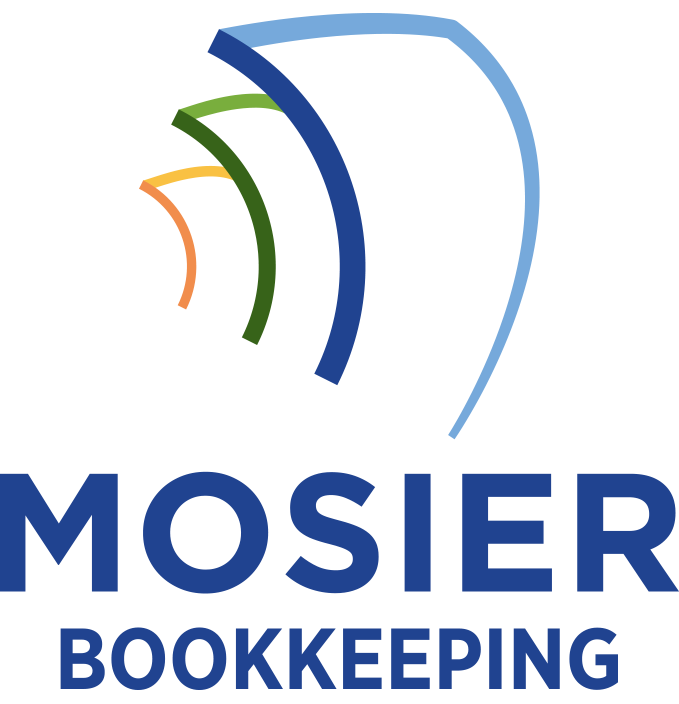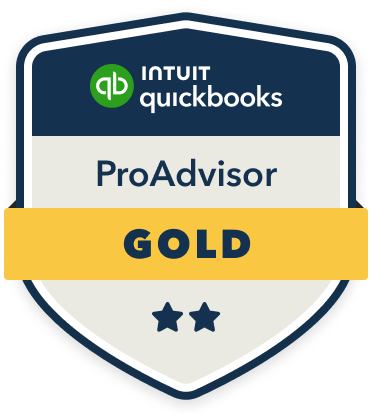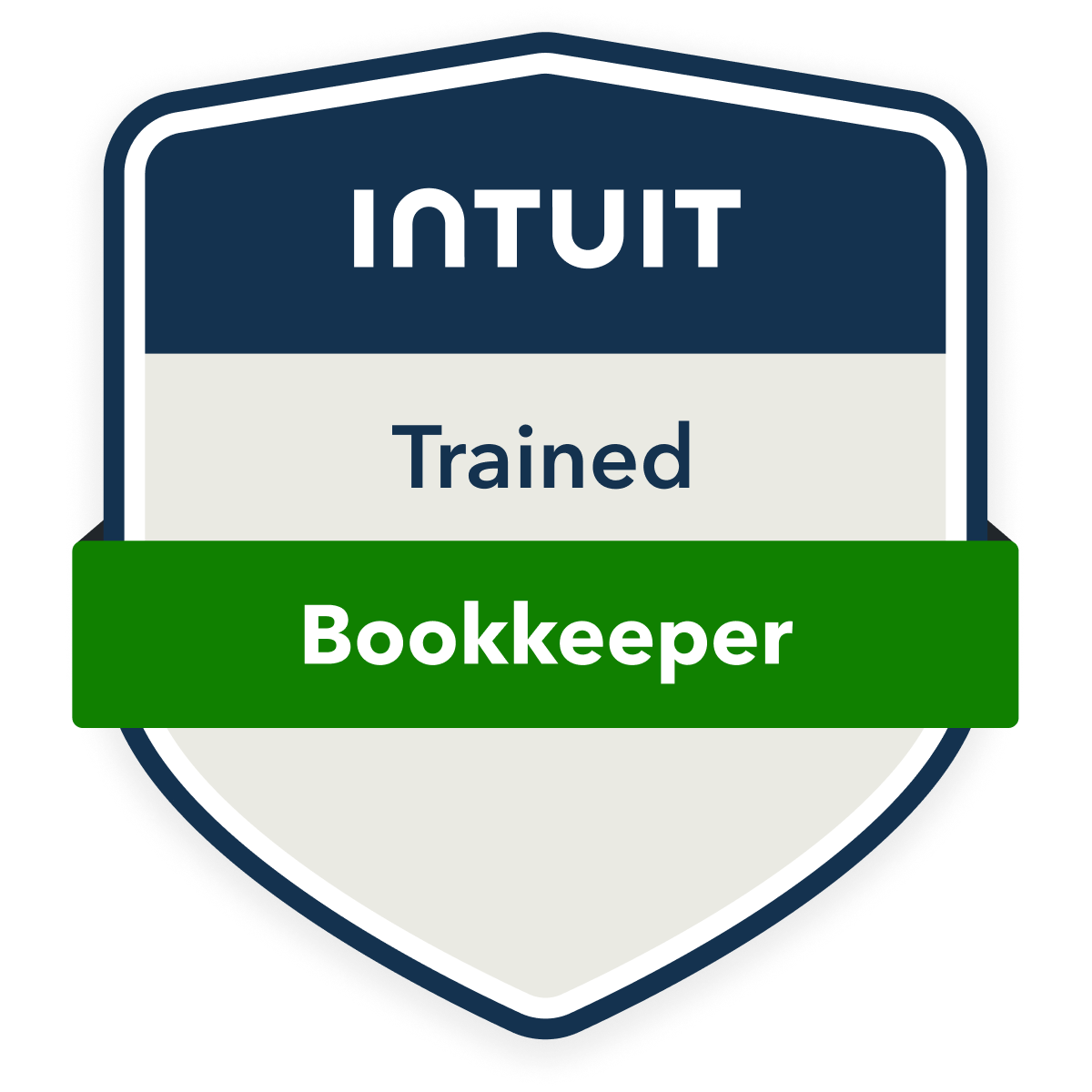A well-implemented bookkeeping system for your mentorship program delivers pivotal financial and operational benefits. I’ll tell you that it streamlines mentor compensation tracking, enhances performance analysis, and simplifies tax compliance through automated documentation. You’ll gain data-driven insights for program growth while efficiently managing revenue streams and controlling costs. Understanding these systematic advantages will position your mentorship business for sustainable scaling and optimized resource allocation.
Streamlined Financial Tracking for Mentor Compensation
When implementing mentor compensation systems, accurate financial tracking serves as the foundation for maintaining transparent and efficient payment processes. I’ve found that systematizing mentor payments through dedicated bookkeeping protocols eliminates payment delays and disputes. By establishing clear compensation categories, payment schedules, and performance metrics, I can track every financial transaction with precision. This structured approach lets me generate detailed reports, forecast budgets, and guarantee timely payments. I leverage automation tools to streamline the entire process, reducing manual entry errors while preserving exhaustive audit trails that protect both my business and our mentors.
Enhanced Program Performance Analysis
Although financial data provides the baseline metrics, thorough program performance analysis requires examining multiple interconnected variables. I’ll show you how to leverage your bookkeeping system to track mentor-mentee engagement rates, skill development progression, and program completion statistics. By correlating these metrics with financial inputs, you’ll identify which program elements deliver the highest ROI.
I recommend implementing key performance indicators (KPIs) that measure both quantitative and qualitative outcomes. Your enhanced analysis will reveal optimization opportunities, enable data-driven decision-making, and strengthen your competitive advantage. You’ll gain precise insights into program effectiveness while maintaining strict control over resource allocation.
Simplified Tax Compliance and Reporting

Maintaining accurate tax records involves three essential components: systematic transaction categorization, proper documentation management, and timely reporting procedures. I’ll show you how to leverage these elements to maximize your tax efficiency.
By implementing precise transaction coding, you’ll instantly identify tax-deductible expenses related to your mentorship program. I recommend establishing a digital documentation system that tracks receipts, contracts, and program-related expenses. This streamlines your quarterly tax preparations and annual returns.
You’ll gain strategic advantages through automated tax compliance tools that flag potential deductions and generate real-time reports, positioning you to make data-driven decisions while maintaining IRS compliance.
Data-Driven Decision Making for Program Growth
Beyond tax compliance benefits, your organized financial data serves as a powerful analytical tool for strategic growth decisions. I’ll show you how to leverage your mentorship program’s financial metrics to identify scaling opportunities and optimize resource allocation.
Revenue Stream Management and Cost Control

A well-structured approach to revenue stream management and cost control forms the foundation of sustainable business growth. I’ll show you how to leverage your bookkeeping system to maximize profitability through strategic oversight of your revenue channels and expenses.
Track each revenue stream separately to identify your highest-performing channels. I recommend implementing cost allocation methods that align with your mentorship program’s objectives. You’ll need to monitor key metrics like customer acquisition costs, lifetime value, and program-specific margins.
Efficient Resource Allocation and Budget Planning
Three key principles drive efficient resource allocation and budget planning for small businesses: strategic prioritization, data-driven decision making, and flexible adaptation. I’ll show you how to leverage these principles to maximize your mentorship program’s ROI while maintaining fiscal discipline.
- Allocate 60% of resources to core mentorship activities
- Reserve 25% for contingency and program scaling
- Invest 15% in technology and analytics tools
